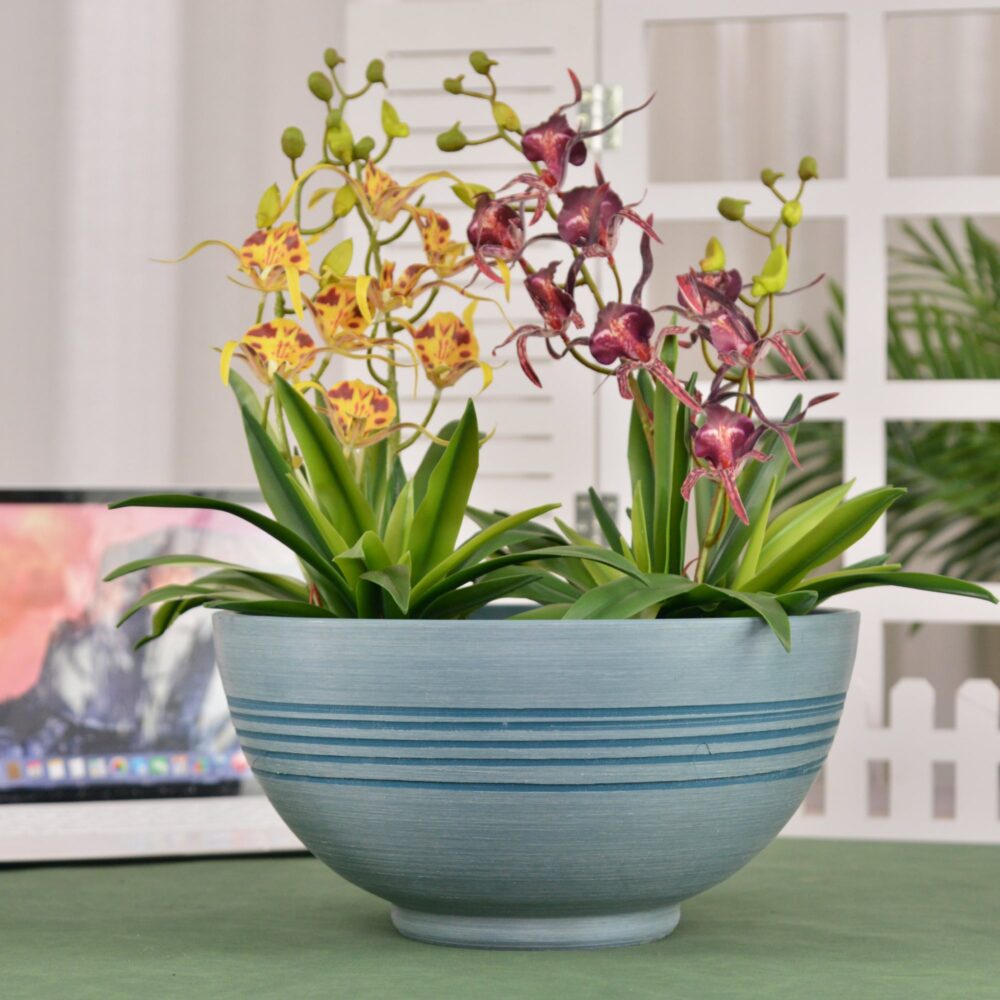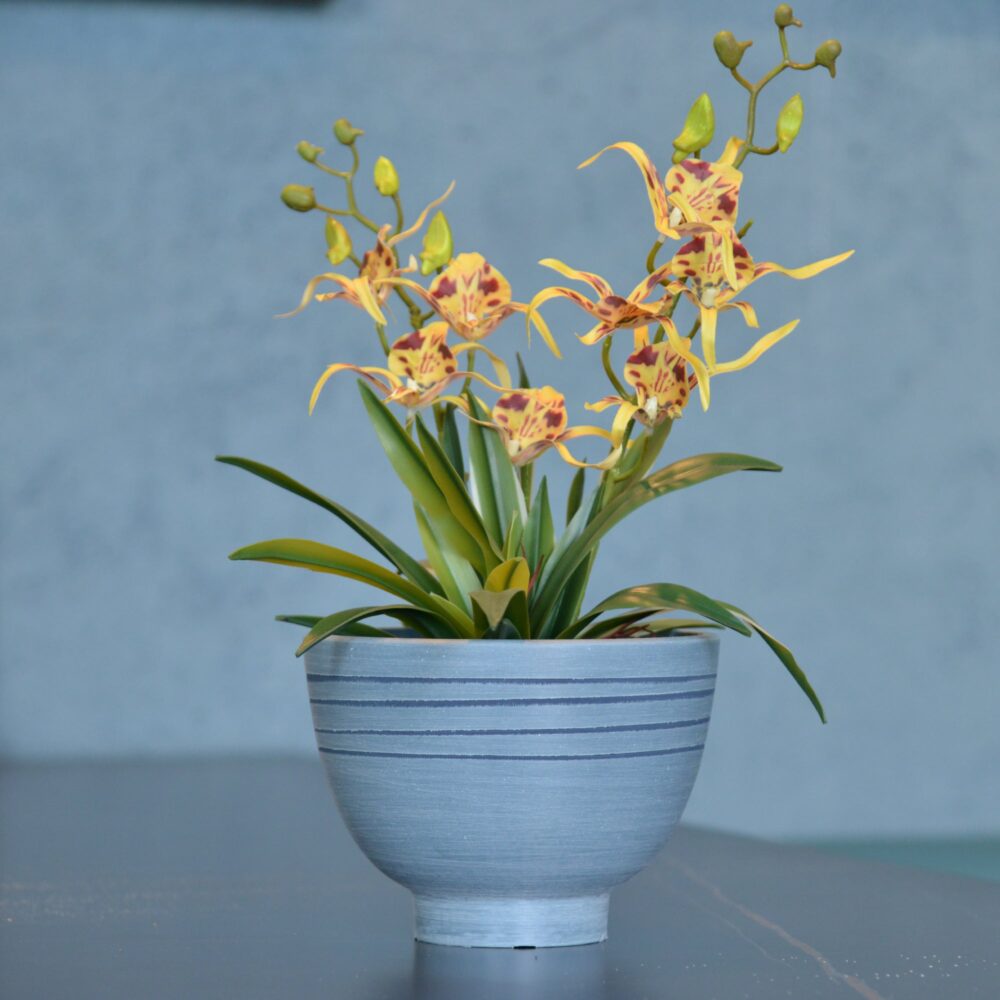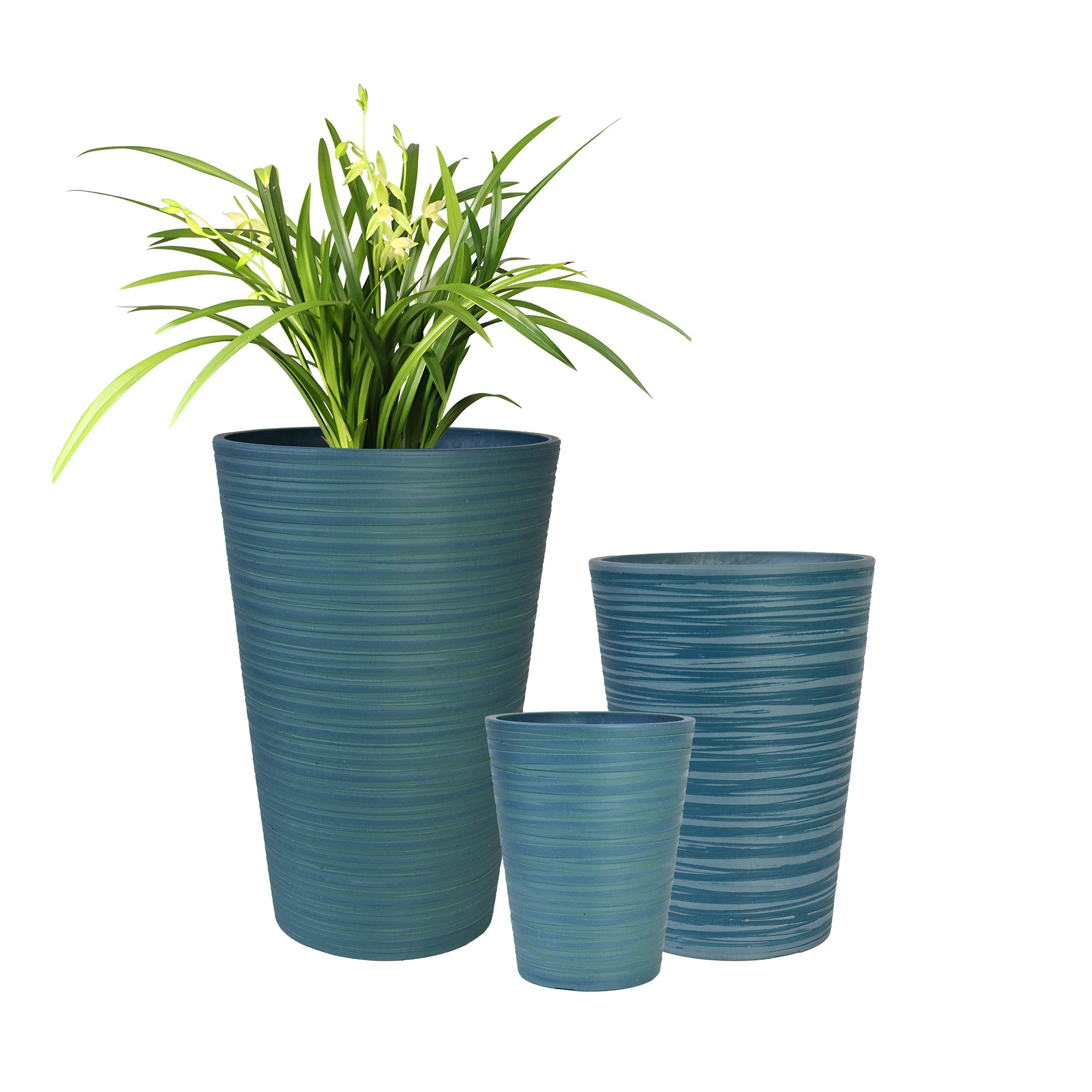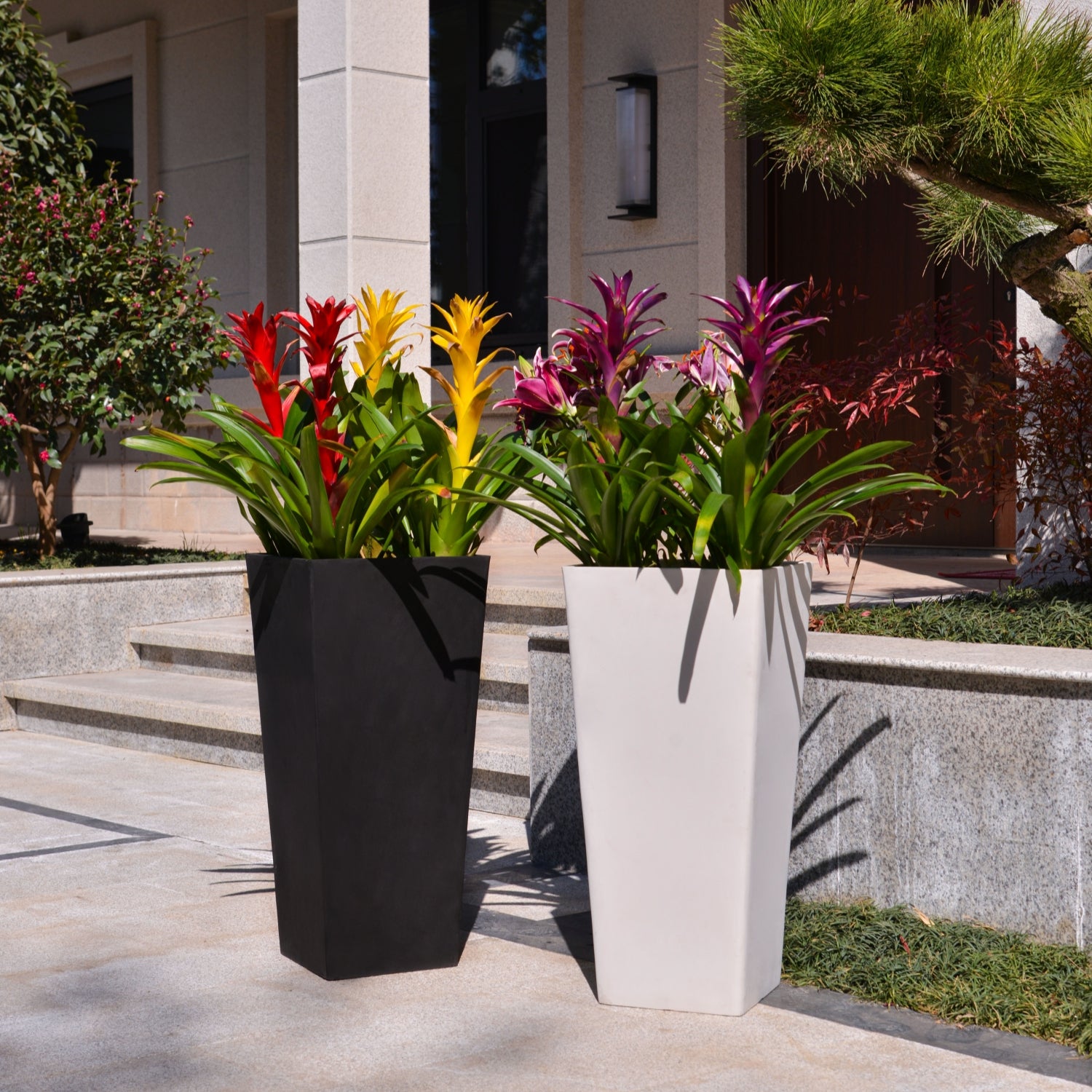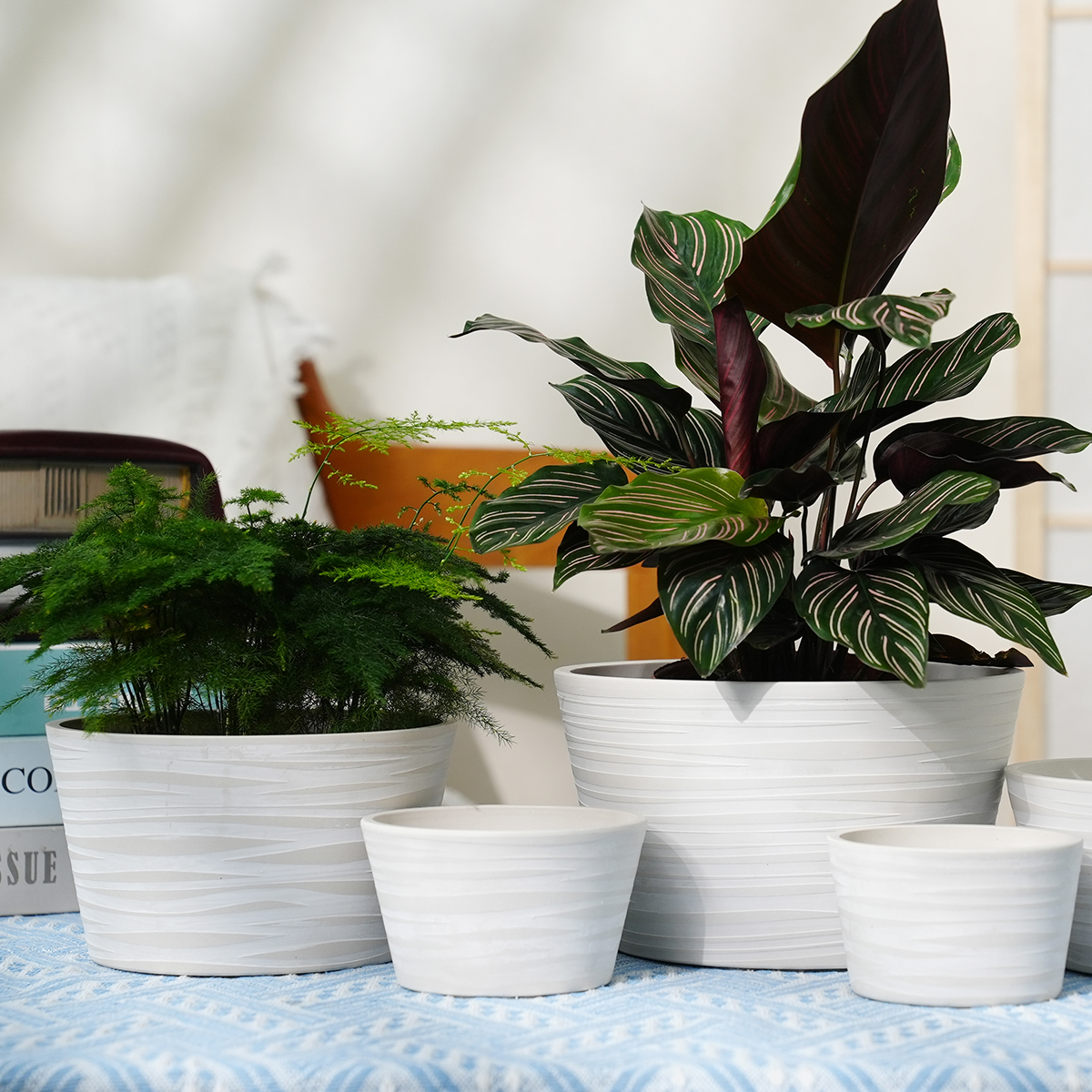When Selecting the Material for Garden Containers, What Factors Should I Consider? How Do Different Container Materials Affect Plant Growth?
Choosing the right garden container involves more than just picking a size and style. The material of the container plays a significant role in its durability, your ease of use, and most importantly, the health and growth of your plants. Understanding the characteristics of different materials will help you make informed decisions for a thriving container garden. Let’s explore the key factors to consider and how various materials can impact your plants.
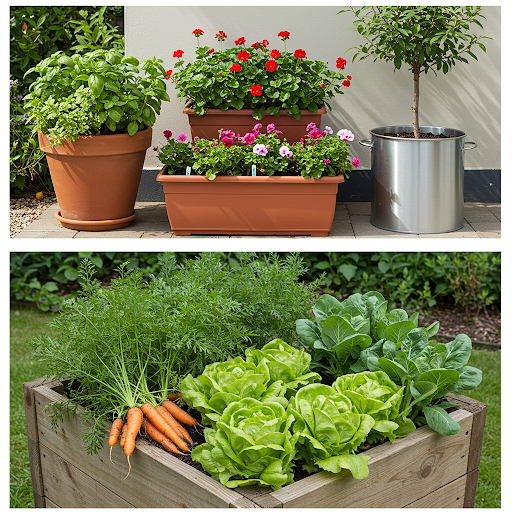
Key Factors to Consider When Choosing Garden Container Material:
- Durability and Longevity: How long do you expect the container to last? Some materials are more resistant to cracking, fading, and general wear and tear than others. Consider your climate and how the material will hold up to sun, rain, and potential freezing temperatures.
- Weight: The weight of the container, both empty and filled with soil and plants, is an important consideration, especially if you plan to move your containers frequently or have weight restrictions on balconies or decks.
- Cost: Garden containers come in a wide range of prices depending on the material, size, and brand. Determine your budget and weigh the initial cost against the expected lifespan and benefits of the material.
- Aesthetics: The appearance of your containers contributes to the overall look and feel of your garden. Choose materials and styles that complement your home and personal taste.
- Climate: Your local climate will significantly influence the best material choices. For example, terracotta might not be ideal in areas with frequent freezing and thawing, while dark plastic can overheat in very sunny locations.
- Drainage: While most containers should have drainage holes, the material itself can influence drainage. For instance, terracotta is naturally porous and allows for some moisture evaporation through the walls.
- Temperature Fluctuations: Some materials absorb and retain heat more than others. This can impact the soil temperature and potentially stress plant roots, especially in dark-colored containers in hot climates.
- Plant Type: Certain plants may have preferences for specific container materials. For example, plants that prefer drier conditions might do well in terracotta, while those needing consistent moisture might benefit from plastic.
- Maintenance: Consider how easy the container is to clean and maintain. Some materials may require more upkeep to prevent staining, algae growth, or deterioration.
How Different Container Materials Affect Plant Growth:
- Terracotta:
- Pros: Highly porous, allowing for excellent air circulation to the roots and good drainage. This helps prevent overwatering and root rot.
- Cons: Dries out quickly, requiring more frequent watering. Can crack in freezing temperatures. May need to be watered more often in hot, sunny conditions.
- Plastic:
- Pros: Lightweight, inexpensive, and available in a wide variety of shapes and colors. Retains moisture well, reducing the need for frequent watering.
- Cons: Can overheat in direct sunlight, potentially harming roots. Doesn’t allow for much air circulation to the roots, which can lead to overwatering if drainage is poor. Lower-quality plastics can become brittle and crack over time.
- Ceramic (Glazed):
- Pros: Often decorative and available in various styles. Glazing reduces porosity, helping to retain moisture.
- Cons: Can be heavy and brittle. Glazed surfaces don’t allow for as much air circulation as terracotta. Can crack in freezing temperatures.
- Metal:
- Pros: Durable and can offer a modern aesthetic.
- Cons: Can heat up significantly in direct sunlight, potentially scorching roots. Some metals may leach into the soil over time. Can be heavy.
- Wood:
- Pros: Offers a natural and attractive look. Provides good insulation for roots, protecting them from extreme temperature fluctuations.
- Cons: Susceptible to rot and decay, especially if in constant contact with moist soil. May require a liner to prolong its lifespan. Can be heavy.
- Concrete and Stone:
- Pros: Very durable and stable, ideal for larger plants. Provides good insulation.
- Cons: Extremely heavy and difficult to move. Concrete can sometimes leach lime into the soil, potentially affecting the pH over time. Can be expensive.
- Fabric (Grow Bags):
- Pros: Lightweight, breathable, and promote excellent drainage and air pruning of roots, leading to healthier root systems. Affordable.
- Cons: May dry out more quickly than other materials, requiring more frequent watering. Can degrade over several seasons, especially in harsh weather. Might not be as aesthetically pleasing to some.

Choosing Wisely:
Consider the specific needs of your plants, your local climate, your budget, and your aesthetic preferences when selecting the material for your garden containers. Each material has its own set of advantages and disadvantages, and the best choice will depend on your individual circumstances.
13 inch Planter for Indoor Plants, Set of 2 Modern Decorative Plant Pots with Drainage Hole, Cute Bowl Shape Flower Pots
By greenship-seo|2025-04-10T07:41:46+00:00January 10, 2025|Categories: Hand-carving Series|Tags: Decorative Flower Pots, Self-Watering Pots|
11TH
By greenship|2024-08-13T02:50:25+00:00August 13, 2024|Categories: Hand-carving Series|
8 inch/10 inch Planter Indoor Plants, 2 Pack Modern Decorative Plant Pots with Drainage Hole, Cute Bowl Shape Flower Pots
By greenship-seo|2025-04-10T08:03:42+00:00January 9, 2025|Categories: Hand-carving Series|Tags: Decorative Flower Pots, Self-Watering Pots|
Planter 6 in W / 8 in W / 12 in W Indoor or Outdoor Plants, Modern Decorative Plant Pots with Drainage Hole, Decorative Flower Pots
By greenship-seo|2025-02-06T13:43:53+00:00January 16, 2025|Categories: Hand-carving Series|Tags: Decorative Flower Pots|
GreenShip 27inch Tall Planters for Porch, Large Outdoor Planter Pots with Drainage Hole
By greenship-seo|2025-04-10T06:27:21+00:00April 7, 2025|Categories: Hand-carving Series|Tags: Decorative Flower Pots|
HS
By greenship|2024-08-13T06:45:17+00:00August 13, 2024|Categories: Hand-carving Series|

